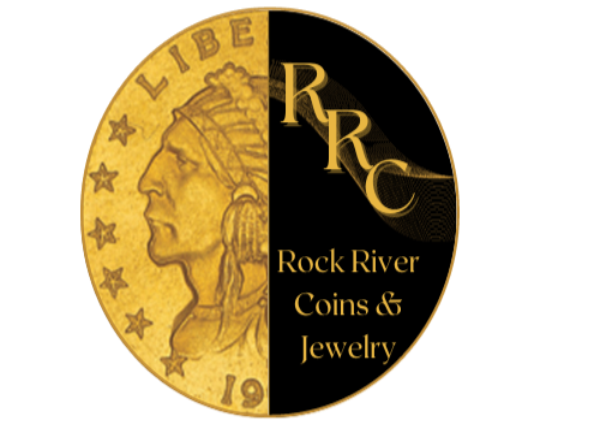On Feb. 3, 1690, the Massachusetts Bay Colony was said to have issued the first paper money in the United States. The purpose was to help fund military action against Canada during King William's War.1 Massachusetts was indeed a truly pioneering colony when it came to money, as they were also the first to mint their own silver coins in 1652.
Prior to the invention of money, goods and services were typically exchanged through bartering. For example, one person might trade eight bags of rice for a goat. Basic commodities—such as salt, tea, seeds, tobacco, and livestock—have been used as money to exchange goods and services as well.
Metal objects represented money as early as 5000 B.C.3 Lydians started using coins in the 7th century B.C.4 The earliest forms of paper money were developed in China during the Tang Dynasty (618 - 907 A.D.).5 In the United States, the first paper money created (in 1690) was called a bill of credit and represented the colony's obligation to the soldiers. Soldiers could spend or trade the colony's IOU just like silver and gold coins.6
During the revolution of 1775, colonial leaders tried to replicate Massachusetts' paper experiment on a wider scale, but the newly-christened continentals could not be readily exchanged for silver or gold. Instead, Congress enacted complicated rules for future redemption, assigning each state a quota of continental dollars that could be returned to the government at a future date.7 On a small scale, it might have worked, but so much money was printed that rapid inflation stripped them of all their value.
Less than 100 years later, in 1861, two competing currencies were used to finance the opposing sides of the Civil War. Their values fluctuated with the fortunes of the war. Yet, it wasn't until the National Banks Act after the civil war that the U.S. government introduced a monetary system where banks could issue paper notes based on their holding of government bonds. These disparate currencies were taxed out of existence in the following decades and replaced with national bank notes, giving the U.S. its first uniform paper currency.9
The Federal Reserve Act of 1913 created a national banking system that could keep up with the changing financial needs of the country.10 The Federal Reserve Board then issued the first federal note in the form of a ten-dollar bill in 1914.11 The Federal Reserve later decided to reduce the actual size of the notes by 30%. Designs on the notes would not change again until 1996, when a series of improvements were made to make the U.S. dollar more counterfeit-proof.


0 comments